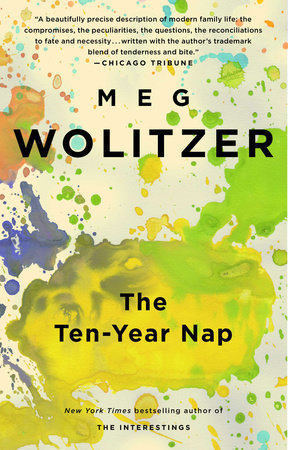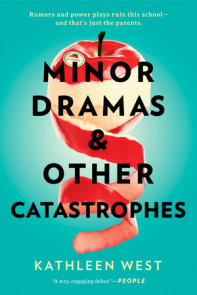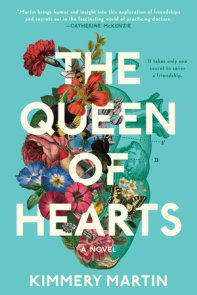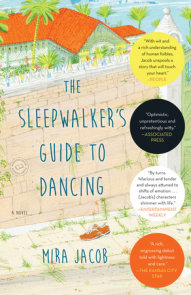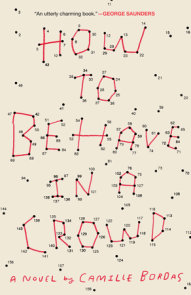READERS GUIDE
Questions and Topics for Discussion
INTRODUCTION
For a group of four New York friends, the past decade has been defined largely by marriage and motherhood—but it wasn’t always that way. Growing up, Amy, Jill, Roberta, and Karen were told by their mothers that their generation would be different. “You girls will be able to do just about anything you want, ”Amy’s mother had predicted. And for a while, this was true. Amy and her friends went to good colleges and began careers as lawyers, film producers, bankers, and artists. But after they got married and had babies, they decided for a variety of reasons to stay home, temporarily, to raise them. Now, ten years later, at age forty, with their children older and no longer in need of their constant presence, and without professions through which to define themselves, the four friends wonder how they got here7mdash;in lives so different from the ones they were brought up to expect—and why they have chosen to stay so long.
As the women redefine their relationship to their children and husbands—and reevaluate their former selves—a lifetime’s worth of concerns opens up, both practical and existential, and questions begin to surface: Is simply being a mother enough? Does a lack of motivation for returning to work signal a weakness in character? Is it possible—or even desirable—to “have it all,” to be an attentive mother, a loving wife, and a successful professional? And if not, is the choice of motherhood over career a betrayal of the hard-fought victories of the women who came before? A carefully observed character study set in the context of the evolution of the feminist ideal over the last several decades, Meg Wolitzer’s The Ten-Year Nap uses the lives of these four friends to explore the breadth and complexity of women’s experiences in the post-feminist era.
When Amy embarks on a relationship with Penny Ramsey, a woman on the other side of the work divide who is an object of both envy and derision to Amy and her friends, the balance of the women’s lives is shifted, and the four women are forced to confront the choices and compromises they have made over the last ten years. As counterpoint, Wolitzer interweaves glimpses into the lives of a previous generation of women, the choices they made and the limitations they faced. Although for the four friends the possibilities may have expanded, each must still choose her own path, and through it, find the woman she has become.
ABOUT MEG WOLITZER
Meg Wolitzer is a novelist and screenwriter. She is the author of This Is Your Life, which was made into the Nora Ephron filmThis Is My Life. She lives in New York City.
DISCUSSION QUESTIONS







